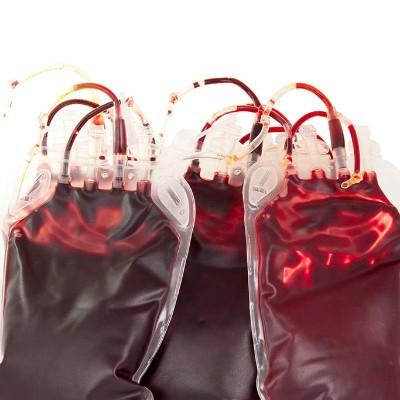How long does living donor liver transplantation last
summary
My uncle's baby's liver is a congenital liver problem, so we need to carry out liver transplantation to save the baby's life. So we are going to carry out living related liver transplantation. How long can living related liver transplantation last? Let me tell you something about living related liver transplantation.
How long does living donor liver transplantation last
First, the survival rate of living related liver transplantation is generally high. After successful operation, patients can survive for many years as long as they have safely passed the rejection device, regular review and physical examination. The advantage of living related liver transplantation is that the ischemia time is short and the biliary complications caused by ischemia-reperfusion injury are greatly reduced.

The second advantage of living related liver transplantation is good histocompatibility, because living related liver transplantation is mainly carried out between relatives. There is a certain blood relationship between donors and recipients. The probability of rejection after transplantation is reduced. Some patients even have immune tolerance, that is to say, they no longer need to take anti rejection drugs. The recipients have already regarded the transplanted liver as their own.

The third advantage of living related liver transplantation is adequate preparation. Because the operation is a selective operation, we can fully understand the donor, recipient's intrahepatic and extrahepatic blood vessels, biliary imaging before operation, adjust the recipient's nutritional status, improve the function of important organs in the whole body, and conduct sufficient preoperative discussion to formulate a thorough treatment plan.

matters needing attention
Of course, living related liver transplantation also has its shortcomings. First of all, it is necessary to have a complete physical examination before operation to ensure the safety of liver donors. Secondly, because the anastomosed blood vessels and bile ducts are thinner than those of total liver transplantation, vascular or biliary complications are easy to occur after operation. In addition, there is a cross-section of donor and recipient liver, which may lead to bleeding and bile leakage.













